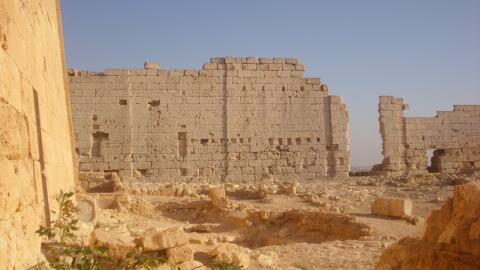This very surprising information concerning the eruption of Mount Vesuvius, the volcano that reduced Pompeii to ash in 79AD, was published in the New England Journal of Medicine by Pier Paolo Petrone, a scientist at the University of Naples Federico II, and his colleagues.
Discover our latest podcast
First proof of brain preservation?
As Forbes magazine explains, although researchers specialising in this historical event have already found traces and evidence of carbonised bread, human skeletons, obviously, as well as two-story buildings that had been preserved for almost two thousand years, this article claims to have found the first-ever proof of brain matter preservation.
‘In October 2018, I examined human remains and I saw something shiny in a cranial box in pieces. I was sure it was a human brain,’ Petrone explained to the media.
Petrone and his colleagues explained that they found this black, vitrified material on the inner surface of one of the victims of the eruption’s cranium, whose body currently resides at the College of the Augustales in Herculaneum near Pompeii. They then carried out analysis at the Advanced Biotechnology Centre which confirmed the presence of proteins and fatty acids from hair and brain tissue.
An interesting theory but which requires more research
‘Based on a previous study in which he suggested that red and black residue on Herculaneum bones may have been from iron and blood products, Petrone hypothesised that the changes to the skull may be related to heat-induced ‘vitrification' of the brain,’ explained scientist and archaeologist Kristina Killgrove to Forbes magazine.
By 'vitrification', scientists are referring to the process in which substances are converted to a glass-like appearance as a result of exposure to very high temperatures of over 500 degrees.
'If we manage to heat the material, to liquefy it, we may be able to extract the DNA from it,’ added Petrone.
Petrone’s theory, although very exciting, should, however, be taken with a pinch of salt, as Kristina Killgrove has pointed out. Tim Thompson, a forensic anthropologist at Teesside University in the North of the United Kingdom, explained to Forbes that, ‘we need to do more research in this area to see if we can reproduce the conditions in which [the glassy material] formed to truly interpret its significance.’ Almost 2000 years after the volcano erupted, it seems Vesuvius is still a mystery.















